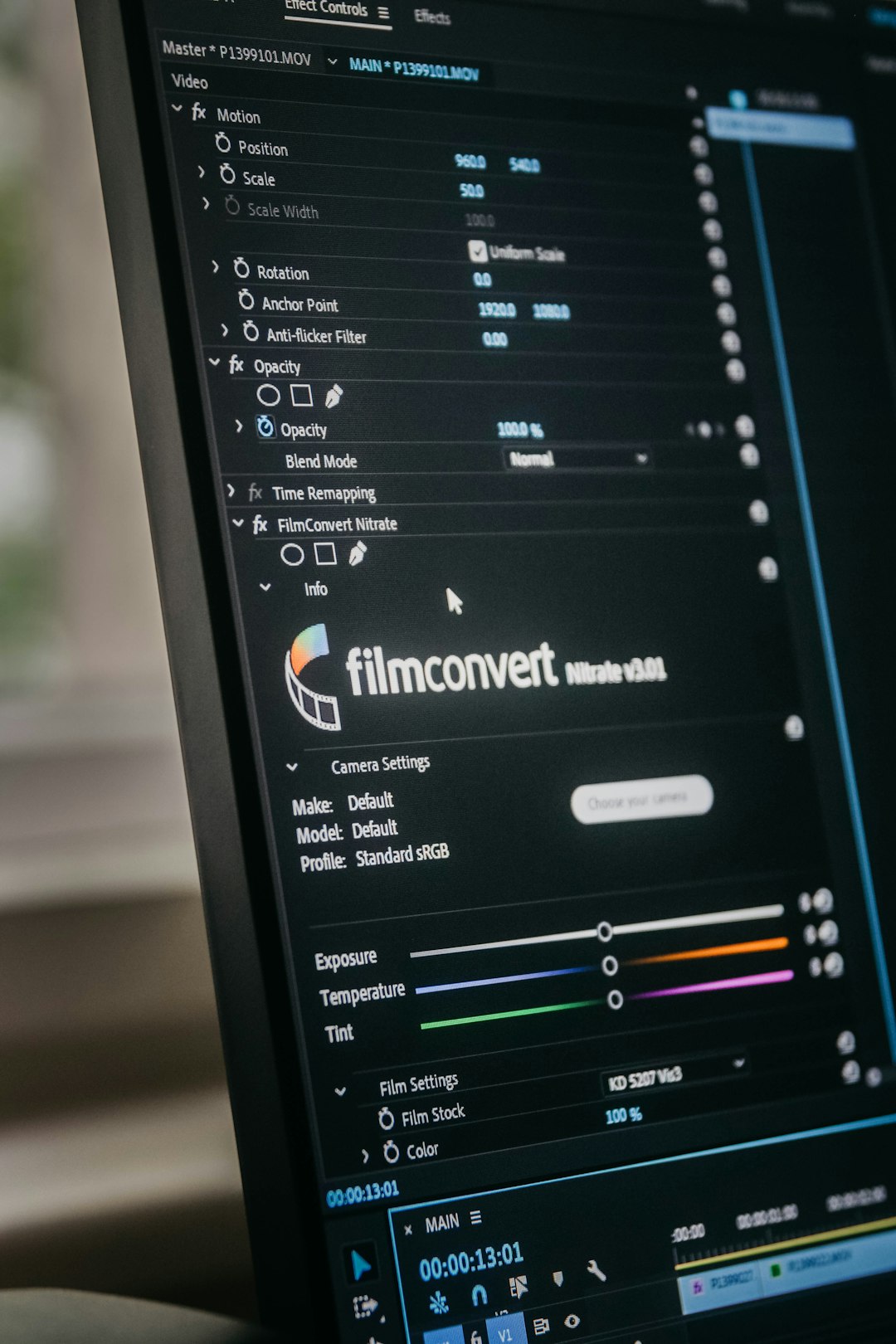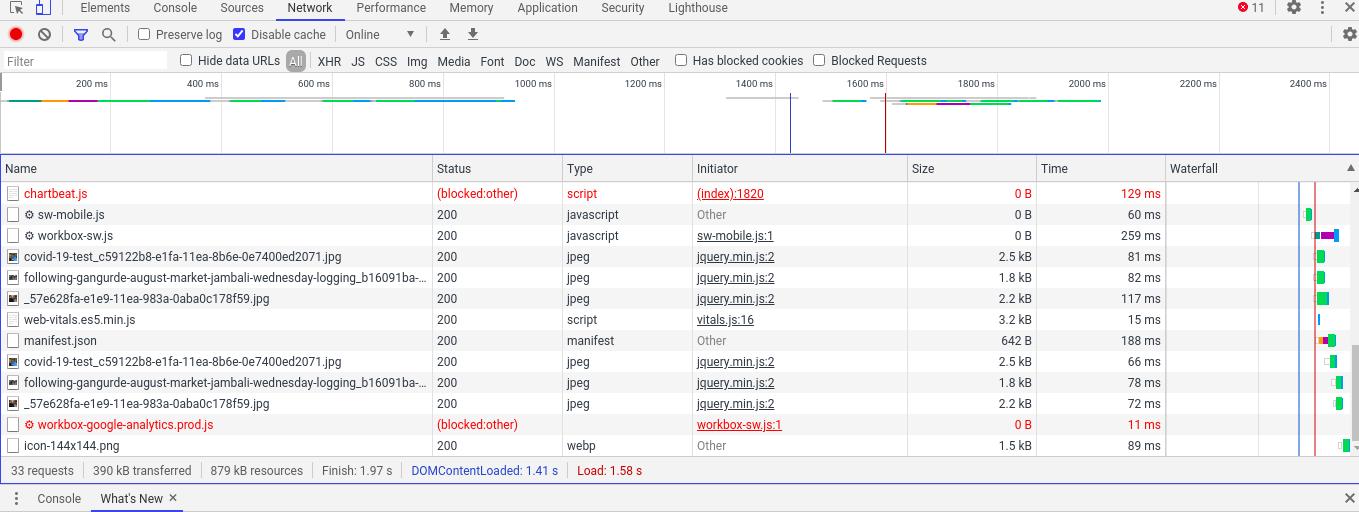Opus Clip is gaining significant attention in the digital media domain for its powerful AI-driven video editing capabilities. Designed to streamline video repurposing into shorter, social media-friendly clips, Opus Clip has become a go-to platform for content creators, marketers, and influencers. However, with the growing developer interest in automation and integration, a natural question arises: Does Opus Clip offer an API?
The demand for APIs (Application Programming Interfaces) has surged in recent years, as businesses and individual users seek more ways to automate workflows and connect various platforms. Before diving into what’s currently available, it’s important to understand what Opus Clip does, and why having an API would be beneficial to its user base.
What is Opus Clip?
Opus Clip is an AI-powered tool that allows users to generate short-form video content by automatically identifying highlight moments in long-form videos. It analyzes video content using GPT-based semantic algorithms, and rearranges it into short clips optimized for audience engagement. The application is particularly popular among users active on platforms such as TikTok, YouTube Shorts, and Instagram Reels.

Its ease of use, speed of processing, and smart editing capabilities make Opus Clip one of the frontrunners in AI-assisted video editing. But users in the developer community have been continually asking about broader integration options, primarily through an API.
Is There an Official Opus Clip API?
As of the latest public information available in 2024, Opus Clip does not yet offer a publicly available API. This means third-party developers, agencies, and platforms looking to embed Opus Clip’s features into their own workflows are currently unable to do so directly via standardized programming interfaces.
That being said, the company has expressed interest in expanding the functionality and accessibility of its platform to larger audiences. Such developments often pave the way for API availability, particularly when there is sufficient demand from enterprise customers and developers.
Why an API is Important for Developers
An API can transform the user experience by enabling large-scale automation and integration. Here are several potential benefits of having an official Opus Clip API:
- Bulk Processing: Automatically process and convert multiple long-form videos into short clips without manual uploading.
- Enterprise Integration: Integrate seamlessly with digital asset management systems or content pipelines.
- Custom Workflows: Allow developers to implement unique use cases, such as editing rules specific to a brand or niche.
- Real-Time Analytics: Fetch metadata and performance metrics to improve content strategies dynamically.
Currently, users must manually upload videos through the Opus Clip web interface, and final clips need to be downloaded or manually shared to social media platforms. An API would allow developers to sidestep many of these manual processes, enabling faster iteration and improved productivity.

Workarounds and Alternatives
In the absence of an official API, some users are exploring unofficial workarounds. These might include browser automation tools or using third-party services to simulate API-like behavior. However, it’s important to note that these methods are generally not recommended for production use. They can violate terms of service and are typically less stable than officially supported APIs.
For developers who need automated solutions now, alternative services such as Descript or Pictory might provide limited API access or integrations. However, these tools may not deliver the same quality of automatic clip extraction and engagement optimization that Opus Clip does.
The Road Ahead: Will Opus Clip Release an API?
While no official release date or roadmap has been published, the rapid growth and popularity of Opus Clip suggest that an API may be under consideration. Companies in similar positions often roll out beta programs or limited-access APIs to gather feedback and refine their offerings before launching to the broader public. Developers interested in such capabilities are encouraged to monitor Opus Clip’s blog and community forums for updates.
Additionally, engaging with the platform by submitting feature requests or participating in user surveys can help signal to the company that there is meaningful interest in API support.
Conclusion
In conclusion, while Opus Clip currently does not provide an official API, the value of such a feature is clear. For now, users must rely on manual uploads and editing via the web interface. Developers and professionals who want deeper integration capabilities should stay informed about potential updates, as the company’s trajectory makes the future availability of an API a realistic possibility.
Until then, Opus Clip remains a powerful standalone tool—and those seeking automated, efficient clip generation will continue to find it an invaluable part of their content creation toolkit.



Leave a Reply